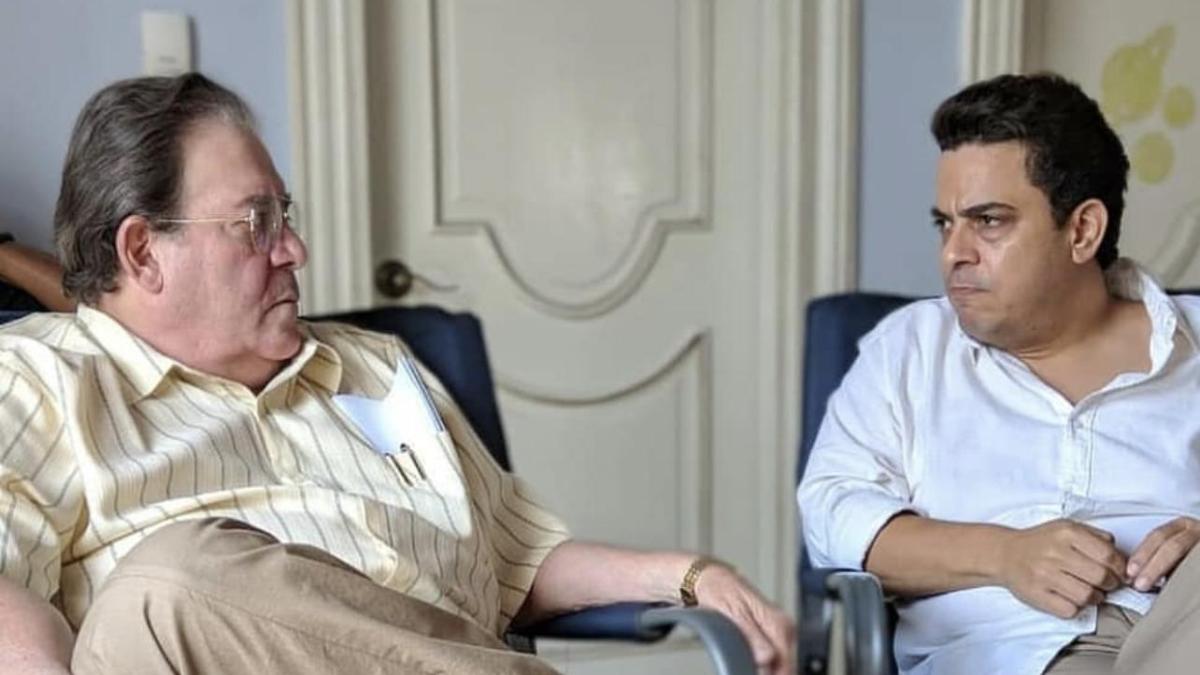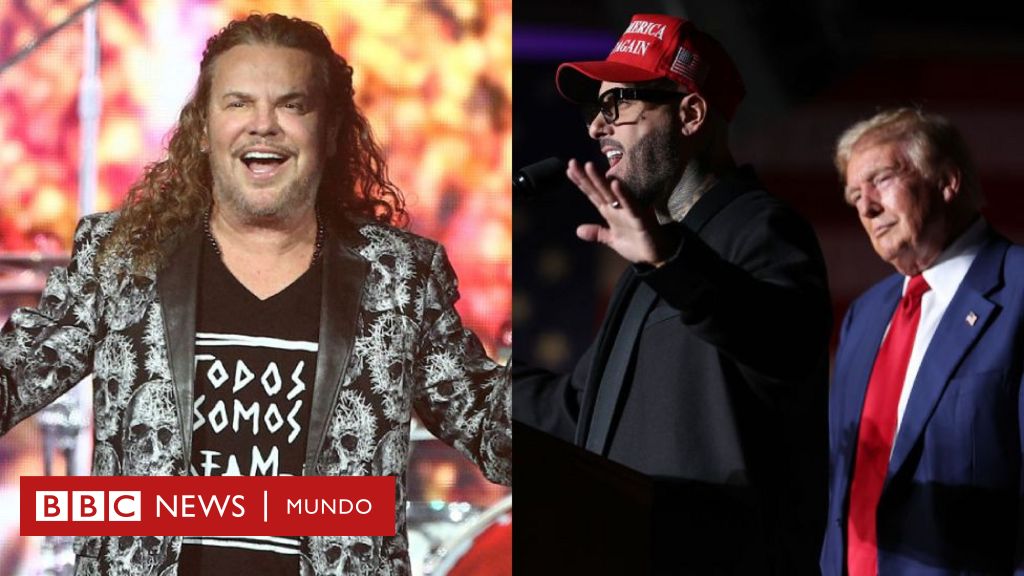In 2010, one of the most influential personalities on Dominican Republic television, Mr. Freddie Perez lost to Goyko.
Shows like “El Gordo de la Semana”, “Con Freddy y Milagros” and “Con Freddy y Punto” became curfews for Dominicans over the years.
So no one was surprised when someone decided to take a picture of such a huge figure, using the height of the film frame.
Giancarlo Peras (Pulso) decided to take on the challenge of telling his father’s story from his perspective with the help of a script by José Vázquez, photography by Frankie Baez and editing by Tabare Blanchard.
The film features two extraordinary performances by Luis Jose German as a young Freddy in “Miss 500 Logos” and Augusto Feria as a young Freddy in “La Otra Lucha”.
However, other actors like Pepe Sierra as Boruga and Fausto Rojas as Guquin are passable with many faults.
The looks of the likes of Joaquin Balaguer and Lionel Fernandez were too cartoonish, completely pulling the audience out of the drama we were watching on screen, while the likes of Sandy Ventura as her father made the audience ask for more.
The story is presented through an anachrony. We start in the past, jump to the present of the story, and then, throughout the film, we see a series of time jumps with no connecting thread.
Events are given of moments that seem important in the character’s life, but do not help advance a major plot.
The appearance of Hector Anibal and the story of his character helped create a conflict that ended with redemption, but it was completely wasted.
Despite all of this, the film has some very good moments like Carbonero, which gives us a look inside Freddy’s head and how he draws inspiration from moments that seem trivial to many.
Frankie Baez does an amazing job in the cinematography of the film.
The system is very successful; The cars, the clothes, feel from different eras.
I could notice how Hector Anibal’s scar looked like when he was younger, but other than that, on a general level, the production of the film is very good.
Tabare has handled the editing well. The jumps in time feel very natural, the transitions are imperceptible and some are very well-planned, as in a scene where young Freddy walks out of the room and passes in front of the camera, old Freddy enters.
In short, “Freddie” is the story of a father told from the perspective of his son, which strangely touches very little on the family and focuses more on his career and his “patriotism”. The film could have been more, but it falls flat halfway through.
If you know Freddie’s life, you will see and remember its moments. If you don’t know him, you’ll get a lot of information, but you won’t know or understand why this man became the person so many remember fondly today.


:quality(85)/cloudfront-us-east-1.images.arcpublishing.com/infobae/LJCEPS7HJFDXTCMEPQST444DTY.jpg)
:max_bytes(150000):strip_icc()/KarlaMonroig2-69de4a9433ff4ddb9ac18d368825ec14.jpg)

